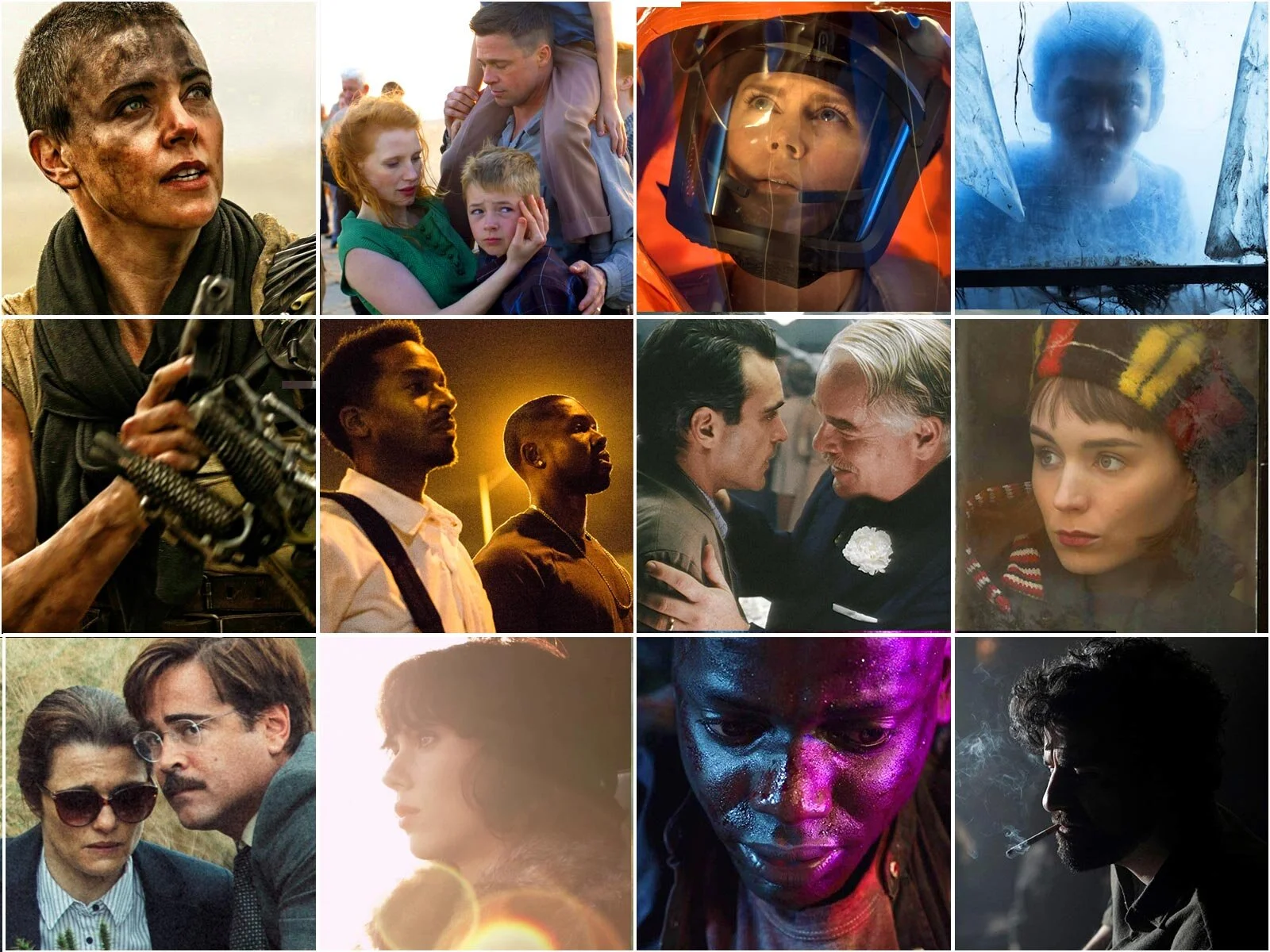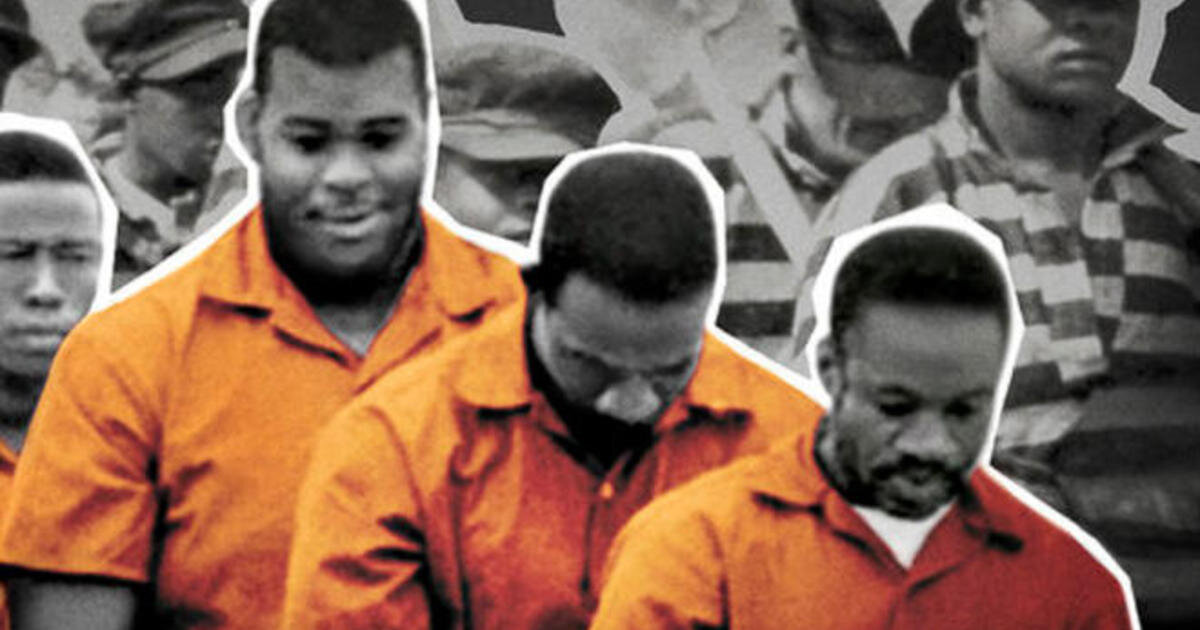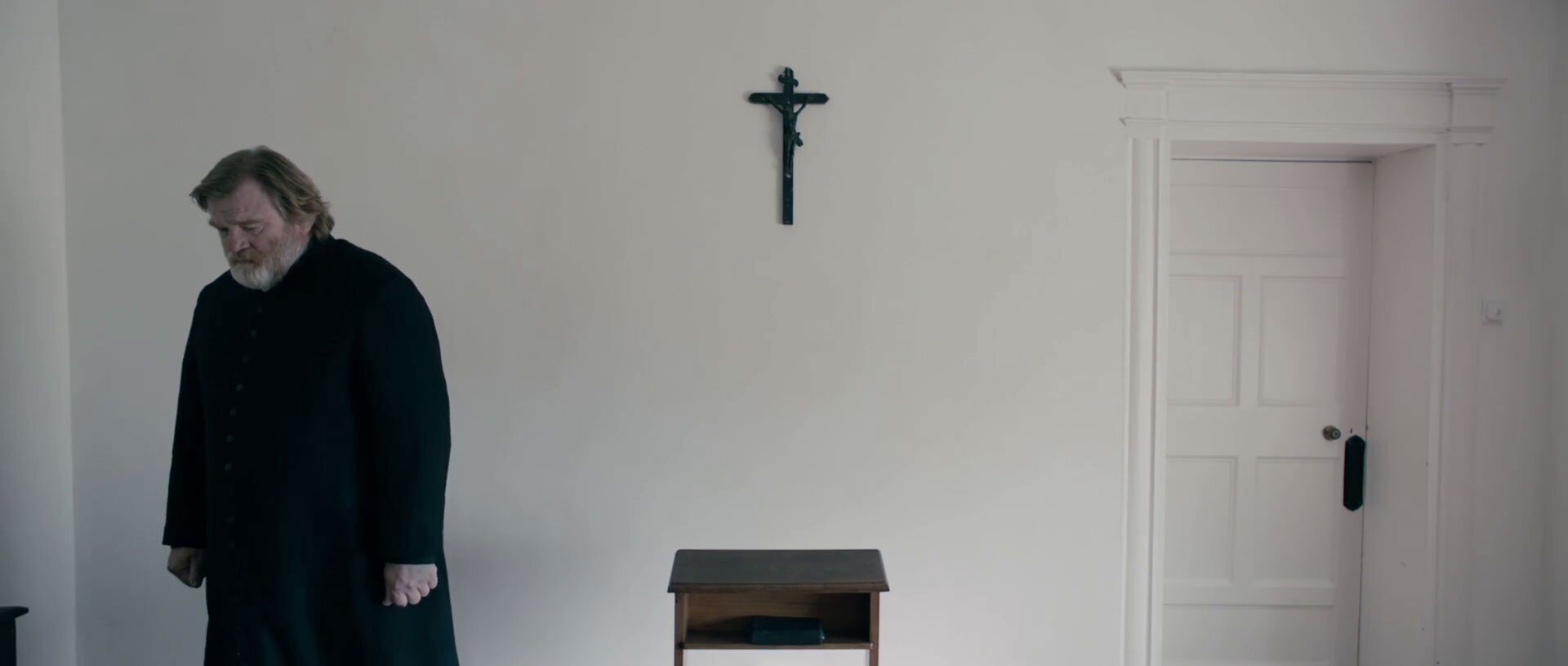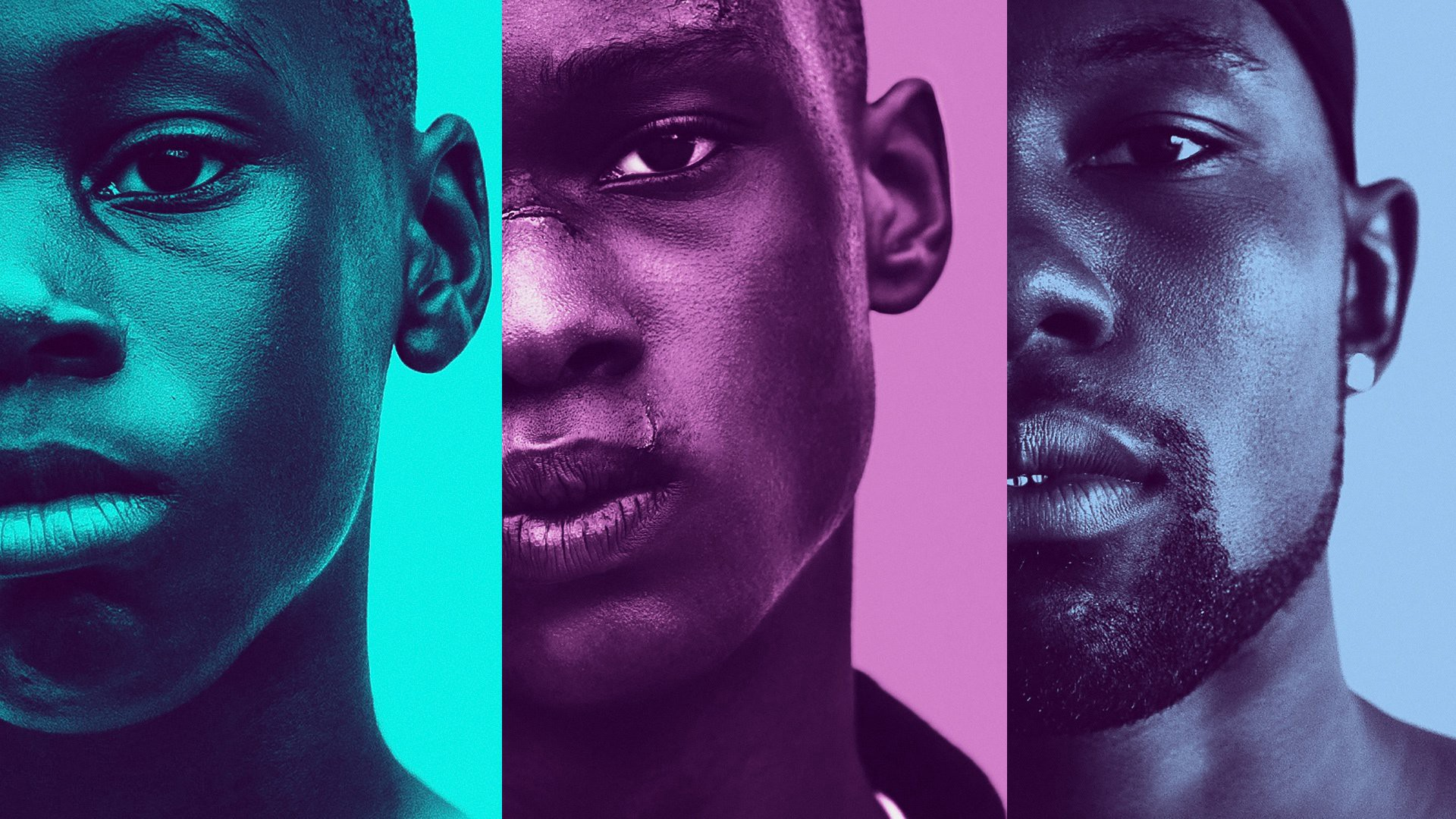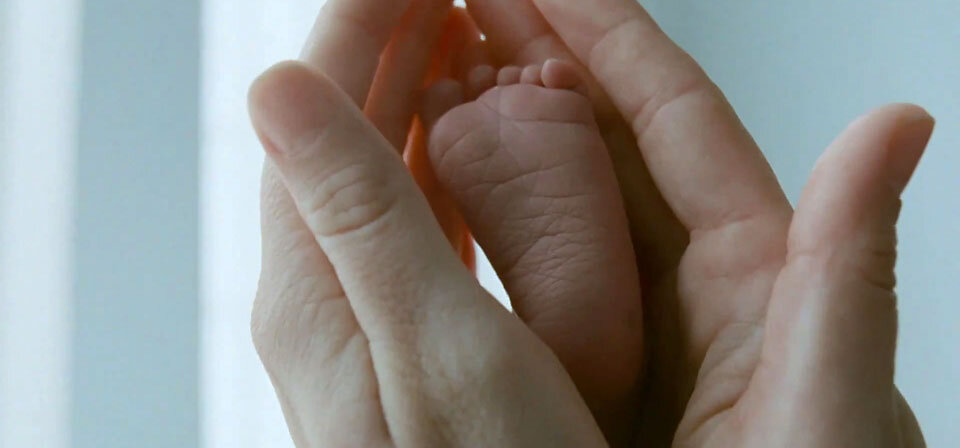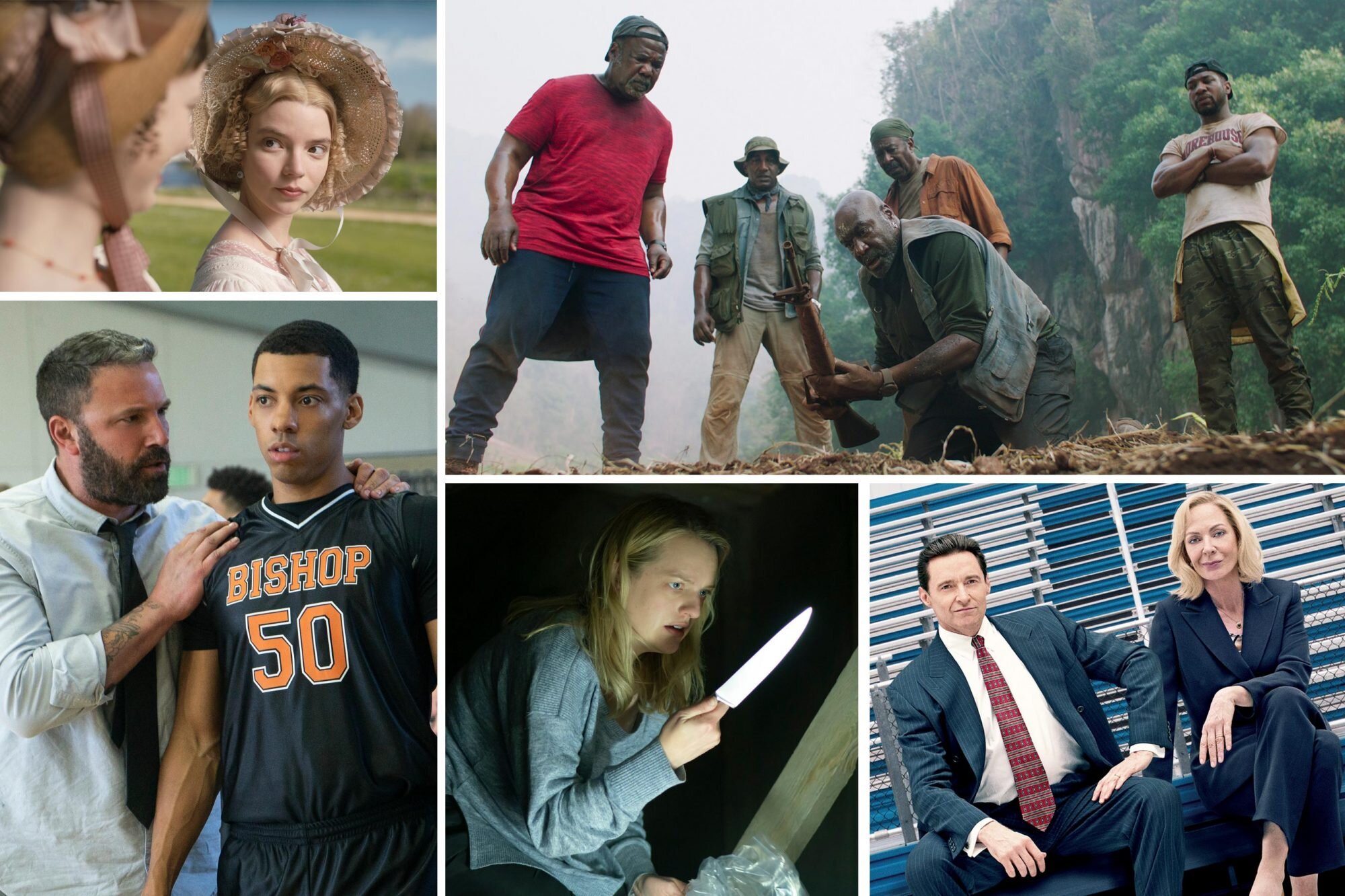Film Essay: The Best of the Decade 2010-2019
My selections for the best of the decade that cinema had to offer!
1. The Tree of Life
No film this decade has said more. The Tree of Life is a sprawling meditation on how we understand, perceive, and even create our world. The film intercuts the creation of the universe with the world of a child growing up in the 1950s American Midwest and his restlessness as an adult who as an architect is building his world. Moving in between memory and dream, between perspectives of parents and their children, between creation and destruction, The Tree of Life dares to do what most believe cinema cannot accomplish. All these high ideas are grounded in the life experiences of a child growing up, where summers seem endless, and the world exists only of the few blocks around his house. In the end, we are reminded of our own power to both embrace and build our world, just as God did at the beginning of time.
2. Moonlight
One of the slow marches that continues in cinema is the march towards embracing a diversity of voices. The march towards independent cinema began in the 1980s with the creation of Sundance and Studios’ interest in purchasing independent films for release. But, even with independent cinema, Hollywood has mainly continued to be a white boys club. In the director’s seat, in the producer’s chair, this has been a truth for the vast majority of cinema history. However, this decade, we saw more minority directors and a few female directors finally break through that barrier. Here’s hoping for more, especially women in the next decade.
Of all these breakthroughs, none has been more amazing than Barry Jenkins. I could have included his more recent film If Beale Street Could Talk which is also a masterpiece, but for me, Moonlight is the great character study of the decade. It is a film so moving and daring in its portrayal of the journey from childhood to adulthood for a gay black man living in Miami. From growing up without a father, to enduring being in the closet in high school, to attempting to date in Miami, Kevin’s journey is specifically his own and yet something all of us can identify with. The film breaks down stereotypes and embraces the complexity of our lives while at the same time placing us in a distinct place. Miami has never been so real.
3. TIE: Parasite and The Irishman
In my top ten of the year 2019, I couldn’t decide which film was better: Parasite or The Irishman. So here, I decided not to either.
I’ve written a review on each of these movies as well as a short paragraph on my top ten. As a result, I don’t want to really dwell on them here. Really quickly though, let me offer a slightly different perspective than I have in the past. I have said that The Irishman is the coda for the mafia genre. It is a perfect ending to a genre that really solidified with The Godfather and ends here. The Irishman drains all the excitement and joy out of the mafia film, revealing only the failure of the male and violent driven life. In this manner, Scorsese, like Altman before him, dismantles a genre. So, in this sense, The Irishman is both a genre and anti-genre film. Parasite on the other hand is a film that defies genre. It is so many things: a situational comedy, a satire, a horror film, a psychological thriller. Both films represent some of the best filmmaking of the year in which every decision by the director should be analyzed for its incredible impact on the theme and the audience.
Review of Parasite: Film Review: "Parasite"
Review of The Irishman: Film Review: "The Irishman"
4. Roma
Alfonso Cuaron’s most personal film, Roma, is the story of a Mexican family trying to survive a changing world in 1970 and 1971. Their family is changing due to the indiscretion of the father of the family; a truth that the adults try to hide from the children. Their housekeeper, whose perspective the story is told from, faces her own changing world with her unexpected pregnancy and uncaring partner. As both travel to try and avoid the coming storm, the real-world knocks on their door. The upheaval of student led demonstrations, Marxist revolutionaries, and armed military officers refuse to let them ignore the rapidly changing world. Roma is amazingly both a love letter to the 1970’s and the French New Wave, a love letter to Mexico and Cuaron’s family, especially his housekeeper, and finally it is a modern story, told because of our own anxiety about the rapidly changing world of today.
5. 12 Years a Slave
No movie has made the evil of slavery more concrete. Rather than simply be a meditation on the horrific practice of slavery, 12 Years a Slave is based on a true story about a free man, Solomon Northrup, wrongly sold into slavery. Even when he achieves freedom, he cannot free himself of the psychological bonds of slavery. This is a movie that explains America in a way that few have and answers the question why slavery still has impacts today. It is also a harrowing picture, one that I admit I do not want to return to regularly, but rarely has a film affected me as much. There is one scene in particular when Solomon must lie to his “owner”, Edwin Epps, and you feel the chance to escape slipping away… it is one of the tensest scenes in film history.
6. TIE: OJ Simpson: Made in America + 13th
The two most important American documentaries of the decade. OJ Simpson: Made in America might be about a singular event in the 1990s, but the documentary successfully weaves the fabric of our nation out of this story, examining how race and the history of our nation changes our point of view on current events. The documentary does not try to offer any answers, but it is an attempt to force us to reflect and hopefully compels us to try and answer the issues raised. Similarly, Ava DuVernay’s 13th is a condemnation of our country’s prison system which houses 22% of the world’s prisoners despite the United States only comprising 4.4% of the world’s population. No country imprisons more of their citizens than the United States. Putting this into a racial perspective, the black male population in prison comprises 37% of the prison population despite the fact that the Black population is only 12.1% of the total United States population. DuVernay demonstrates the historical link between these numbers and also rightly condemns the for-profit industry that has become entwined in our prison system.
7. Inside Out
No film of this decade, even by Charlie Kaufman, demonstrated a better understanding of the human mind. Leave it to Pixar to claim that title with a “children’s” movie. Inside Out is a compelling story, the journey of understanding the importance of Sadness, an emotion that our culture tends to want to dismiss or push away. In the end, Riley, the girl whose mind these emotions live in, needs Sadness to process the torrent of events that have radically reshaped her life. Her coming to realize this truth is also the journey of the main character, Joy, the emotion that commands Riley’s mind. It is a beautiful film.
An essay on the film from my selections from the best animated films of all time: Top Ten Animated Films with Guest Writer Tucker Meijer: #6
8. Life of Pi
In reflecting on the most spiritual films of the decade, both Calvary and Scorsese’s Silence immediately came to mind, but, as I sat with those choices, Life of Pi slowly made its way back to the forefront of my memory. Life of Pi may be Ang Lee’s best film, which is saying something. Ang Lee has consistently been one of the best directors working today (we are ignoring this year’s Gemini Man). It is a technical achievement of visuals, using 3-D in an ingenious way. But, more than that, it uses its 3D images to make the point of the film. Notice how in the movie only the reflections are in 3D. The film tells the story of a young man, Pi, who is trapped out at sea with either a tiger or a man who killed his mother. Either way, he has to unlearn what his father teaches him in the beginning of the movie: that animals’ eyes are reflecting our souls and do not contain their own. Through the use of only reflections being in 3D, Ang Lee invites us to experience the realization of the connection of all life. The shot that begins in Pi’s eye and dives into the sea where we see the Universe and Vishnu before finally emerging from the eye of the Tiger shows us the connection of all the universe to ourselves. It is the most spiritual film of the decade.
9. Anomalisa
Charlie Kaufman’s second worst film still makes my best films of the decade. Man... that is the talent of Charlie Kaufman. Anomalisa seems like a slight movie. In length, it is short. In time elapsed, it is a little more than a day. In cast, there are only three actors. And finally, it is shot with puppets. Yet, in making this movie, Charlie Kaufman has achieved something incredible. He has identified the fear of being alone and the desperation in which we live our lives to try and avoid this. The fact that Michael has an epiphany about his own alone-ness, and yet, does not change his life is so tragically human.
An essay on the film from my selections from the best animated films of all time:
Top Ten Animated Films with Guest Writer Tucker Meijer: #7
10. Max Mad: Fury Road
Although this film did not rank quite as highly on that year’s top ten, I’ve selected it for my number 10 position because it is a triumph of daring filmmaking. I could have selected Gravity or Birdman or Boyhood which all are daring feats of cinema. What George Miller has done with Mad Max: Fury Road is creating a film that views like the insane car chase it is. Mad Max: Fury Road is really two chases linked together and the experience of watching the film is to be swept along with its energy and vibrance through the insane post-Apocalyptic landscape of the Mad Max world. It is unlike anything else you will see and offers a template for future action films just as Miller did with the original Mad Max film and the first of its sequels The Road Warrior.
Runners up:
11. Her
Spike Jonze Her can be read as a psychological denunciation of our inability in the modern age to form meaningful personal connections. It also could be read as a statement about the dangers of what technology is doing. Finally, it can be read as a personal apology to his ex-wife, Sophia Coppola, who made Lost in Translation about their relationship. Any of these readings still gives us one of the best films of the decade.
12. The Wind Rises
For Miyazaki’s likely final film (there are rumors he is returning for another film), Hayao tackles the subject of creativity itself and produces a moving study of how the human mind works, but also, one of the great romances of the decade. An incredible send-off.
An essay on the film from my selections from the best animated films of all time: Top Ten Animated Films with Guest Writer Tucker Meijer: #8
13. Boyhood
As I said in my comments about Mad Max: Fury Road, Boyhood is one of the most daring filmmaking experiences of the decade. It actually began being shot in the previous decade, but following the same actor for ten years, Richard Linklater has sought to capture what it means to grow up. Taking apart the traditional Bildungsroman, Linklater removes all of the stereotypical scenes we expect to see in a coming of age story: graduation, the first scene of death, the trauma of a courtroom during divorce proceedings and instead gives us driving home after graduation, gives us the morning after spending it with a young woman. He shows us that it is not the significant events that we usually say create our lives, but the small quiet ones.
14. Calvary
The opening scene of Calvary may be the best opening scene of the decade. A priest, during confession, is told that he will be killed because he is innocent in order to make people listen to a victim of sexual abuse. The priest, like Christ, spends his last week trying to minister to his flock and struggling with how to help the young man who is going to kill him. In a moment like the agony in the garden, the priest, like Christ, tries to flee, asking that this cup be taken from him. But, in a world of loneliness and isolation, he sacrifices himself so that we can realize that connection and caring are what are truly important.
15. Silence
Scorsese seems to rotate between films about men struggling with their violent nature and religious meditations. For Silence, Scorsese adapts a book that he has sought to adapt for close to four decades. The story of two priests in Japan who come intent on saving the Japanese Christians and finding their mentor who committed apostasy. In the end, they learn that their faith is actually egotistical and driven by their own savoir complexes. Scorsese has made some of the most effectively violent films in cinema, but this is perhaps his best use of violence as we and the priests hear the cries of the innocent and the silent response of God.
16. Beasts of the Southern Wild
No film this decade created a more believable world than that of the Sink, an island off the coast of New Orleans where Beasts of the Southern Wild takes place. Through a coming of age story, we witness a little girl, Hushpuppy, try to come to terms with her mentally troubled father and the impact of Hurricane Katrina. When her world is destroyed by Katrina, Hushpuppy creates another one in her mind. Her journey to find herself and meaning in her life is a spiritual one of hope and courage.
17. The Florida Project
The divide between the poor and the rest of American society is not a vast as we think. It takes just a wrong decision for any of us to end up homeless. The Florida Project brilliantly captures the difficulty of childhood living in poverty. The attempt of Moonee to navigate her world while retaining her hope and optimism is met by a guardian angel of sorts in Bobby (Willem Dafoe in a performance that should have won him an Oscar) who helps protect her from the reality of her situation. Devastating and beautiful at the same time, it is a demonstration of the power of independent filmmaking, including filming in Disneyworld itself.
18. Call Me by Your Name
No film captured the beauty of falling in love for the first time like Call Me by Your Name. With a screenplay by legendary James Ivory, Call Me by Your Name contains three of the best performances of the decade in Timothee Chalamet, Armie Hammer, and Michael Stulhbarg. But it is the manner in which it is shot, with a soft focus that creates an extraordinary atmosphere of love.
19. Blue Valentine
As I said, no film captured the visual of falling in life like Call Me by Your Name, but no film captured the tragedy of falling in love and a relationship ending like Blue Valentine. A heartbreaking work of improvisation and real-life circumstances, Michelle Williams pours herself into this role dealing with the loss of the father of her child, Heath Ledger. Rarely has a film been as raw as this movie. Powerful in the beauty of how they fall in love, but equally painful as their love comes to an end.
20. The Rider
An American film through and through about “cowboys” and the lure of the plains. Yet, this American tale is anything but. Written and directed by a Chinese filmmaker, Chloe Zhao, about a real life Native American and horse trainer, Brady Jandreau, playing a version of himself, Brady Blackburn, The Rider is a testament to the human spirit. A haunting combination of real life documentary style filmmaking combined with visual poetry of the plains, Chloe Zhao has made her mark taking attributes of great filmmakers such as Terrence Malick, Zhang Yimou, and Federico Fellini and making them uniquely her own and a story that is uniquely American.
Best Performances of the Decade: Michelle Williams, Blue Valentine / Joaquin Phoenix, The Master
It’s impossible to only select one performance each for actress and actor, but I didn’t have much trouble settling on either of these performances, not because there were no other great performances (Natalie Portman in Black Swan and Daniel Day Lewis as Lincoln certainly come to mind), but because there is something brutally honest about Williams and Phoenix’s work. The other performances I mentioned are nuanced performances of an actor applying their trade, but both Michelle Williams in Blue Valentine and Joaquin Phoenix in The Master had to dig deep into their own pain to give such this performance. Michelle Williams has admitted to dealing with her own emotions over the passing of the father of her child, Heath Ledger. Joaquin has admitted to dealing with his own past, being raised in a cult, to bring to life his character in The Master. Both are performances born out of real pain. They took great courage to put them on the screen for all of us to witness.
Best Supporting Performance of the Decade: Patricia Arquette, Boyhood / Samuel L Jackson, Django Unchained
Again, these two selections are not meant in the exclusion of other performances. So many exist that it was hard to come down to just two. For these two performances, I selected them because of the difficulty involved in the creation of such characters.
For Patricia Arquette, the difficulty of her performance was making it seem so natural and real. Like the other actors in the Boyhood, Patricia filmed scenes over the course of a decade. Yet, there is a flow to her character. We see and immediately understand the different stages of her life. She gives so much of her character with the smallest choices. Her journey is less easily seen than her son who physically grows up, but make no mistake, her journey from feeling she needs a man in her life to realizing that she is a strong woman is a powerful one.
For Samuel L Jackson, I chose his performance because of the difficulty of playing this character. Several actors turned down the role before Quentin returned to Jackson who had expressed his own reservations. Stephen, the man servant of Candy, is introduced sitting in his master’s chair signing Candy’s name on a check. Samuel L Jackson’s character is revealed to be the person who controls the plantation, manipulating his white owner. The result is one of the great villains, but also, a true revelation about the evils of slavery. So many films have documented the evils of slavery, of being in bondage, of beatings, of brutal workloads, of having families torn apart, of being physically mutilated, of being denied an education, of rape to produce more “workers”, but the character of Stephen reveals another insidious side of slavery. The system put some African Americans into positions of power over other African American slaves. The result was the temptation to turn on your own people. To buy into the belief that your fellow kin were inherently deserving of being slaves. Stephen represents this attitude. Like the Nazis, one of slaveowners greatest crimes was to turn brothers and sisters into enemies. I completely understand why no one wanted the role and also give Samuel L Jackson such credit for carrying the conviction of playing this character as a true monster.
Best Direction of the Decade: Ang Lee, Life of Pi
So many options. Obviously, Terrence Malik’s direction of Tree of Life or Barry Jenkins of Moonlight, hell any of these films could have netted this title. I’ve chosen Ang Lee because of how he advanced the form of cinema using 3-D in an artistic way unmatched by even Scorsese who used it brilliantly in Hugo. The transitions between shots, unsure if we are above or below water are breathtaking to behold, but if they were just beautiful it wouldn’t be enough. Playing with notion of reflections / souls and their significance, Lee achieves a spiritual depth in his film that is hard to compare to other films. Finally, the shot that is probably my favorite of the decade (described in the description of the film above) along with all of the other special effects and choices all work making the audience realize that our reflections, our soul, is what is important, not the physical world around us. Amazing.
Best Editing of the Decade: Lee Smith, Dunkirk
Quentin Tarantino recently told a podcast that Dunkirk is his second favorite movie of the decade. I can’t wait to read his entire list. Tarantino and I share a love of Nolan’s film whose editing I think is critical to its success. At first, watching Dunkirk, I thought the time shifting was a gimmick. I thought the editing was being used simply to heighten tensions, but as the film went on, I began to realize that the time periods were operating in different durations. By cutting between each one, Nolan plays with the concept of time where we experience the passing of it differently depending on our situation. The result is a battle that seems to never end despite how long an individual has been engaged in the battle. It is an ingenious use of editing.
Best Original Screenplay of the Decade: Josh Cooley, Pete Docter, & Meg LeFauve, Inside Out
It is interesting that so often animated movies are not nominated for their screenplays. I have no idea why. Inside Out is a screenplay that understands its story so well that there feels not a single moment wasted. Every little detail, and there are so many, actually adds to the narrative, not just the world. The brilliance of being inside Riley’s mind is only equaled when we shift into the minds of her parents. Weaving together a PhD understanding of psychology with a children’s story is writing at its best.
Best Adapted Screenplay of the Decade: TIE: Barry Jenkins for Moonlight and If Beale Street Could Talk
Barry Jenkins could have easily been considered for his direction in this list, but I decided to focus on his incredible writing. Two films he has adapted, Moonlight from a play and If Beale Street Could Talk from James Baldwin, are so different yet so bold in their narrative choices. Moonlight brilliantly is split into three stories, each containing the same main character as he grows up. Normally this type of episodic storytelling is more successful on TV, but Jenkins weaves his magic into creating the most realistic character to leap off the screen this decade. This is counterpointed in his brilliant adaptation of James Baldwin’s work. Choosing to keep Baldwin’s narration was a bold choice, again one that is not usually successful in film. Yet, the power of Baldwin’s narrative weaves together the journey of our main characters who are separated by prison but joined in memory and flashbacks.
Best Cinematography of the Decade: Emmanuel Lubezki, The Tree of Life
Terrence Malick is indeed the great visual poet of cinema. No images captured my soul more than the visuals in his film The Tree of Life. Whether the image is obscure like the opening of the film, which could be a light from the center of the universe before the big bang, or it could be a soul, or it could be a kid’s hand over a candle; the complex imagery of a door on a beach from Sean Penn’s dreams; or the image of the spiral staircase of stain glass windows; or even the mundane images of a child running after a truck that is spraying water, this film he captures life itself.
Best Production Design: Colin Gibson, Mad Max: Fury Road
So many amazing worlds were created in films this decade, but perhaps none more visceral than George Miller’s return to the Mad Max universe. From the first image, you know you’re in a living hell, the desert waste, the use of steampunk technology, combining a rock-n-roll sensibility with toxic masculinity and drugs, it creates a world that is both awe inspiring and truly frightening. It’s a ride unlike anything else this decade.

